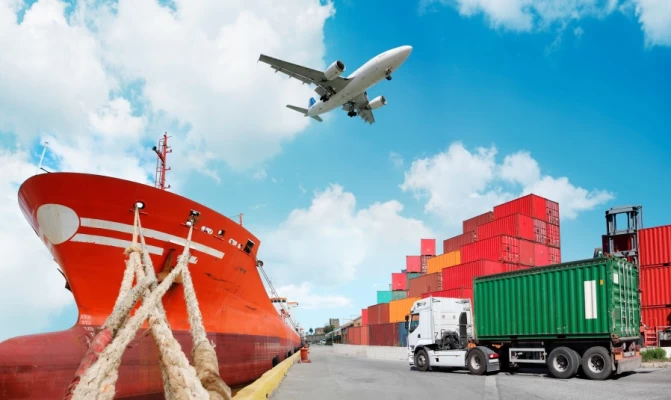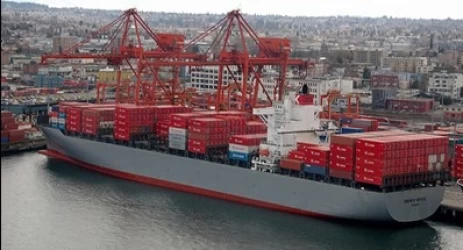Transporting household items abroad
can be a complex and daunting task, but with careful planning and the right information, it can be managed smoothly. Here’s a comprehensive guide to help you navigate the process:
1. Planning Your Move
Assess Your Belongings:
- Inventory: Start by making a detailed inventory of all the items you plan to move. This will help you keep track of your belongings and ensure nothing is left behind.
- Decide What to Take: Evaluate each item’s necessity, sentimental value, and replacement cost. It might be more economical to buy certain items in your new location rather than shipping them.
Research Regulations:
- Customs Regulations: Different countries have varying customs regulations. Research what items are restricted or prohibited in your destination country.
- Duties and Taxes: Some items may be subject to duties and taxes. Personal effects are often exempt, but it’s essential to check the specific rules.
2. Choosing a Shipping Method
Container Shipping:
- Full Container Load (FCL): Ideal for large volumes of goods. You get a dedicated container for your items, ensuring they are not mixed with others.
- Less than Container Load (LCL): Suitable for smaller shipments. Your items share container space with other shipments, which can be more cost-effective.
Air Freight:
- Speed: Air freight is faster but more expensive than sea freight. It’s suitable for urgent or high-value items.
- Weight and Size Restrictions: Airlines have strict weight and size limits, so this method is best for smaller, lighter items.
International Moving Companies:
- Full-Service Movers: These companies handle everything from packing to delivery. They are convenient but can be costly.
- DIY Moving: You can save money by packing and transporting items to the shipping company yourself.
3. Packing Your Items
Packing Materials:
- Sturdy Boxes: Use high-quality boxes to protect your items during transit.
- Bubble Wrap and Padding: Protect fragile items with bubble wrap, packing peanuts, or other padding materials.
- Labeling: Clearly label each box with its contents and destination room to make unpacking easier.
Special Considerations:
- Electronics: Check voltage and plug compatibility in your destination country. Use original packaging if possible.
- Valuables: Keep valuable items like jewelry and important documents with you rather than shipping them.
- Furniture: Disassemble large furniture pieces to save space and reduce the risk of damage.
4. Documentation and Insurance
Required Documents:
- Inventory List: A detailed list of all items being shipped.
- Customs Forms: Complete all necessary customs paperwork for your destination country.
- Proof of Ownership: For high-value items, you may need to provide proof of ownership.
Insurance:
- Shipping Insurance: Purchase insurance to cover potential loss or damage during transit. Check what is covered and the claims process.
5. Shipping and Delivery
Choosing a Shipping Date:
- Timing: Plan your shipping date well in advance. Consider the transit time and your arrival date in the new country.
- Seasonal Considerations: Shipping rates and transit times can vary depending on the time of year.
Tracking and Communication:
- Tracking: Use tracking services to monitor your shipment’s progress.
- Communication: Stay in touch with your shipping company for updates and any potential issues.
6. Arrival and Unpacking
Customs Clearance:
- Inspection: Be prepared for customs inspections. Have all necessary documents ready.
- Duties and Taxes: Pay any applicable duties and taxes to release your items.
Unpacking:
- Check Inventory: Cross-check your inventory list to ensure all items have arrived.
- Inspect for Damage: Inspect items for any damage during transit and file claims if necessary.
Conclusion
Transporting household items abroad requires meticulous planning and organization. By understanding the regulations, choosing the right shipping method, and preparing your items properly, you can ensure a smooth and stress-free move. Remember to stay informed and seek professional help when needed to navigate the complexities of international shipping.
If you have any specific questions or need further assistance, Iran's logistics experts are your answer!











